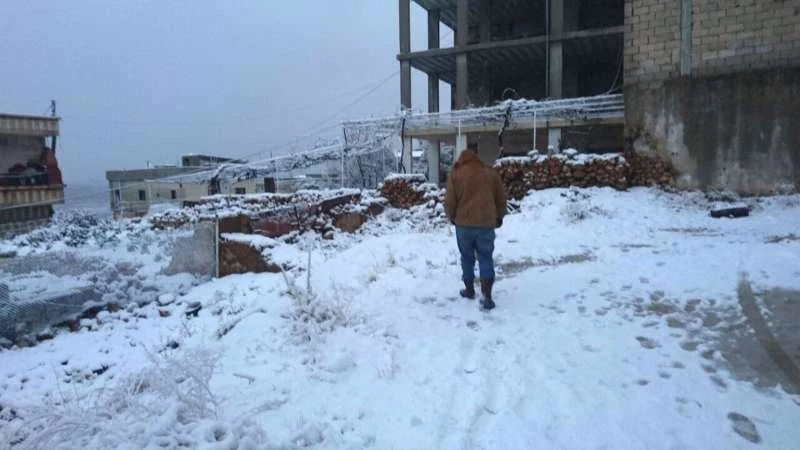“Madaya used to be so beautiful, but its lands have been burnt black by the war,” says Muhammad Darwish, a dentistry student from the town. “We can say that our fate is like that of Aleppo. Soon all of this area will be under the regime.”
In the words of Samantha Power, US Ambassador to the UN, Aleppo’s relatively brief but hideous siege will become part of history: “Aleppo is joining Rwanda and Srebrenica as defining historical events that embody evil. Assad, Russia, Iran know no shame.”
Less likely to be taught in future history lessons is the story of Madaya, a mountain town 40 km from Damascus. Besieged since July 2015 by the Lebanese militia Hezbollah, fighting alongside the Assad regime, it entered the public consciousness last winter when activists published images of emaciated residents. They had not received aid for three months. At least 65 people would starve to death before the summer arrived.
According to the monitoring group Siege Watch, there are more than 1.3 million people living in some 40 besieged communities in Syria. Most are encircled by the Assad regime and its allies.
In late November, an aid convoy brought flour and food parcels to Madaya – but no gas to cook them with. Lighting a fire now means breaking chairs, beds and doors for fuel. With temperature reaching -7°C, a baby has succumbed to hypothermia.
So while last winter starvation was the main danger, the town’s residents now fear death by ice or mortar shell. Hezbollah troops and Assad “army” aeroplanes are renewing attacks in what Darwish describes as the worst violence since the beginning of the siege.
“The people are afraid of the snipers so many do not leave their houses. They just stay inside,” he says.
At least eight barrel bombs and “hundreds” of mortar shells have rained on the town in recent days, damaging some 200 homes and killing at least five people, including an 18-month old girl, and two members of the local White Helmets civil defense force. Another man was shot by a sniper, reportedly from Hezbollah, while out looking for firewood.
If descriptions of Madaya increasingly resemble testimonies from eastern Aleppo, that is because residents fear the same fate. According to Houssam Mahmoud, a Madaya resident: “We have a great fear of a similar fate to Aleppo. The international community is shunning the Syrian issue and the criminality of the regime forces and sectarian militia. Madaya has become an issue for Hezbollah in the media, so they want to overrun it.”
Darwish and colleagues were forced to shut their makeshift hospital last month, and have been providing medical care from an alternative base. Echoing how Aleppo’s hospitals were gradually bombed out of service, Madaya has already been targeted and damaged by mortar shells and barrel bombs.
“The medical situation is so bad because we don’t have all the equipment and tools that we need,” says Darwish.
In a recent report, Siege Watch describes how the future may play out for Syria’s trapped communities. “The government and its allies have shifted tactics from ‘surrender or starve’ to ‘surrender or die’,” it says. “In an effort to neutralize besieged communities, alternating intense attacks with periods of negotiation.”
Darayya and Moadamiyah, two towns in rural Damascus previously besieged by the regime, were evacuated in the summer. Analysts widely believe they were forced displacements, which could constitute a war crime.
According to Siege Watch, the population transfer was considered forcible in the case of Darayya, “because it was made under extreme duress, when residents had no options left but to die or to surrender”.
The organisation described it as such: “Non-stop barrel bombing, shelling, and attacks with napalm-like incendiary weapons forced the remaining population <…> underground for weeks without food or water.”
For now, Darwish can do nothing more than look out onto the snowy mountains around his home. “This was once one of the most beautiful and famous places in Syria,” he sighs. “But unfortunately it was burnt.”



التعليقات (0)